16 traditionally British foods that Americans are missing out on

Some British foods might sound off-putting to Americans, while others sound delicious.
From Yorkshire puddings to British-made Cadbury chocolate, the Brits have mastered certain foods.
Even bacon, an American favorite, is slightly different in the United Kingdom.
Scotch eggs are a delicious savory snack commonly found in British pubs.
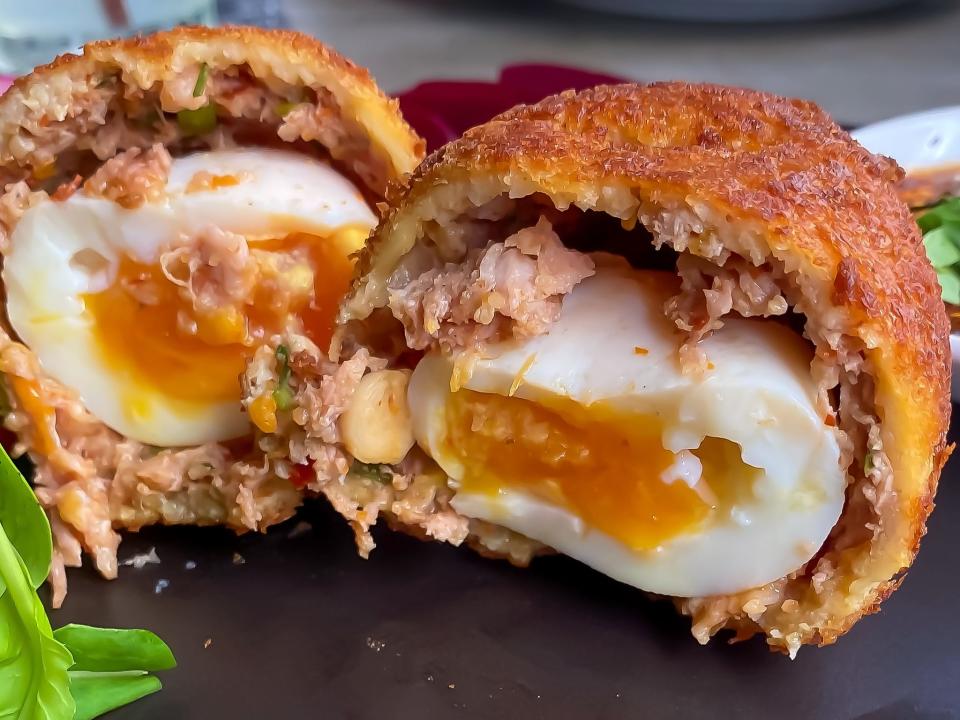
Fortnum & Mason, an upmarket department store in London, claims to have invented the Scotch egg, possibly after being inspired by an Indian dish, in 1738.
A Scotch egg consists of a hard-boiled egg wrapped in sausage meat, coated in breadcrumbs, and deep-fried. A trusty picnic snack, they have witnessed a resurgence in popularity in recent years. Gourmet Scotch eggs are now sold in trendy gastro pubs as a bar snack.
Ribena, a sweet juice drink most famous for its blackcurrant flavor, is a firm childhood memory for most Brits.
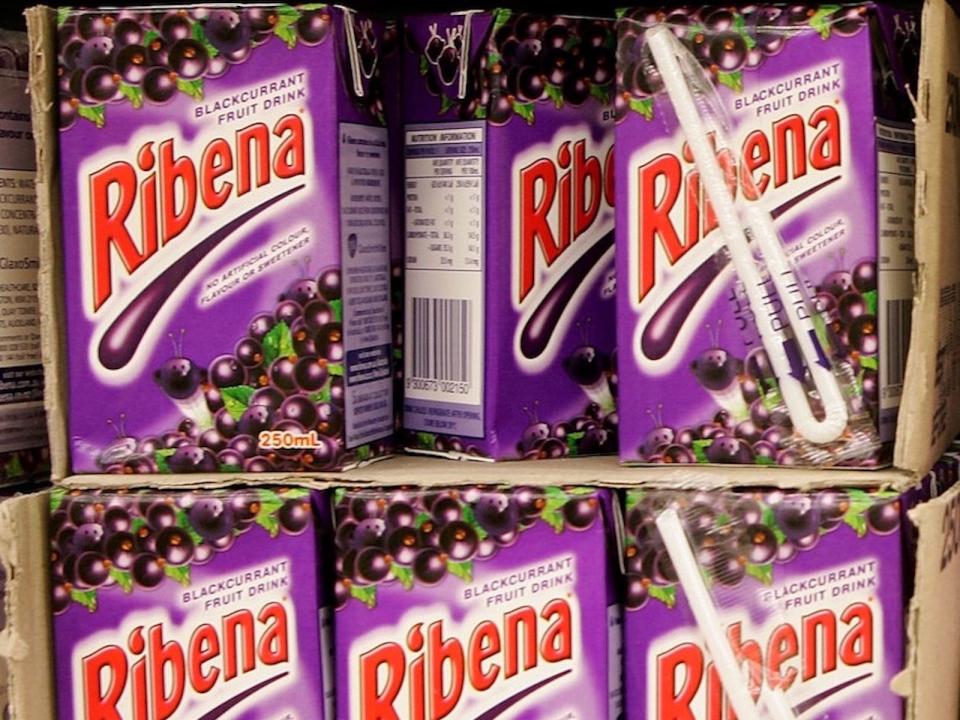
The majority of Americans, however, have never even tasted blackcurrant.
Ribena also comes in squash form, a concentrated syrup that is diluted with water to make a drink.
British-made Cadbury chocolate is praised for its rich and creamy texture.
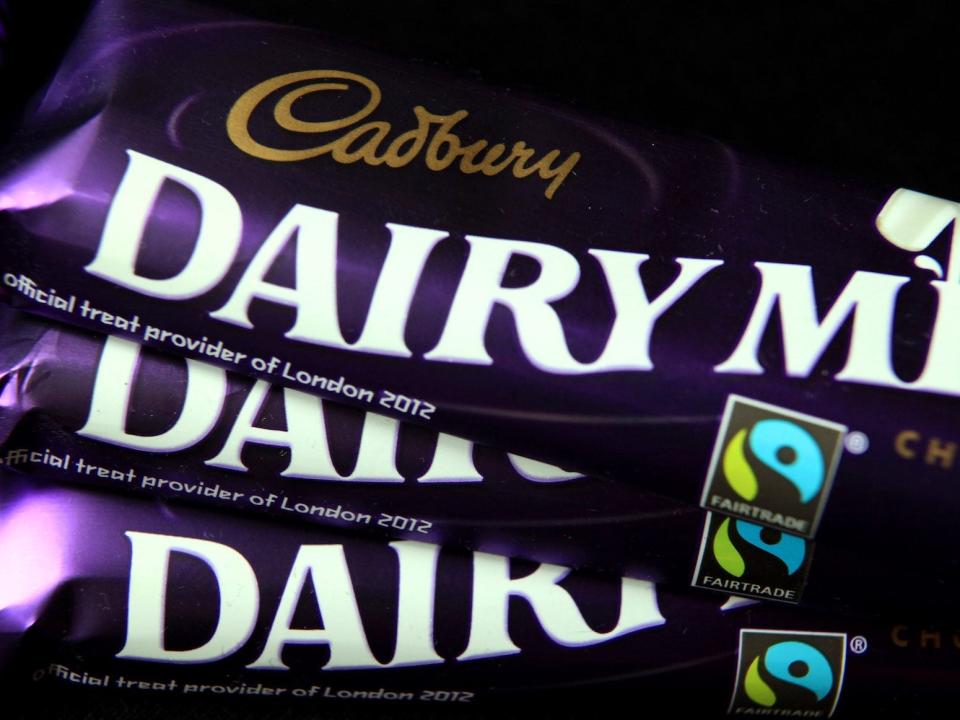
On the other hand, the American version is often criticized for being too sweet. However, Hershey, which owns both brands, has said there is virtually no difference in the ingredients used to make the different bars of chocolate.
Walkers prawn cocktail crisps are one of the most popular British snacks you can't find anywhere else.
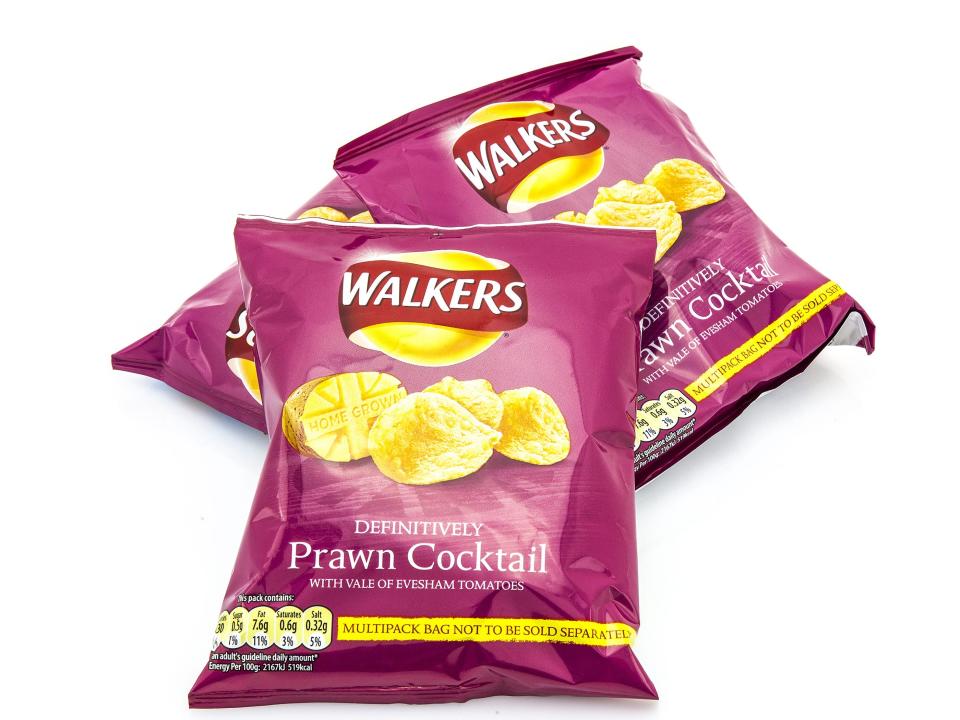
Prawn cocktail crisps do not exactly taste like prawns or shrimp, but rather the cocktail sauce itself. They taste slightly sour and sweet at the same time, but they truly need to be eaten to be understood.
Branston pickle is a sour spread-like relish you put on sandwiches.
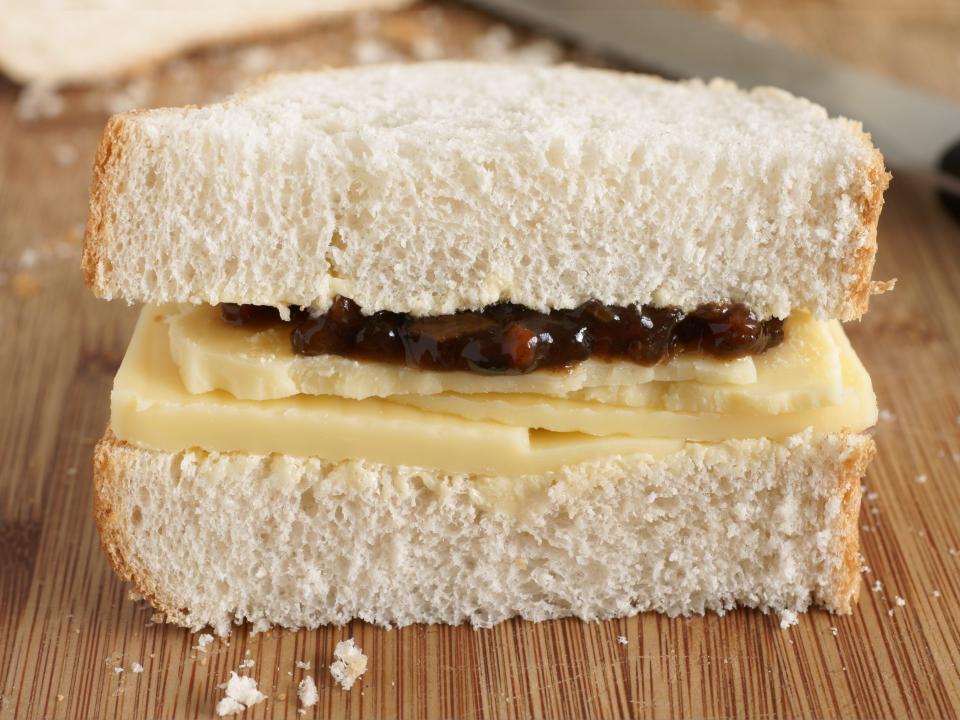
Branston pickle, which is made from a mix of chopped vegetables and pickled in vinegar, makes the ultimate addition to a cheese and pickle sandwich, or with a Ploughman's lunch, a plate of bread, cheese, and meats that is often found on pub menus.
Cornish pasties are a cross between a sausage roll and a calzone.
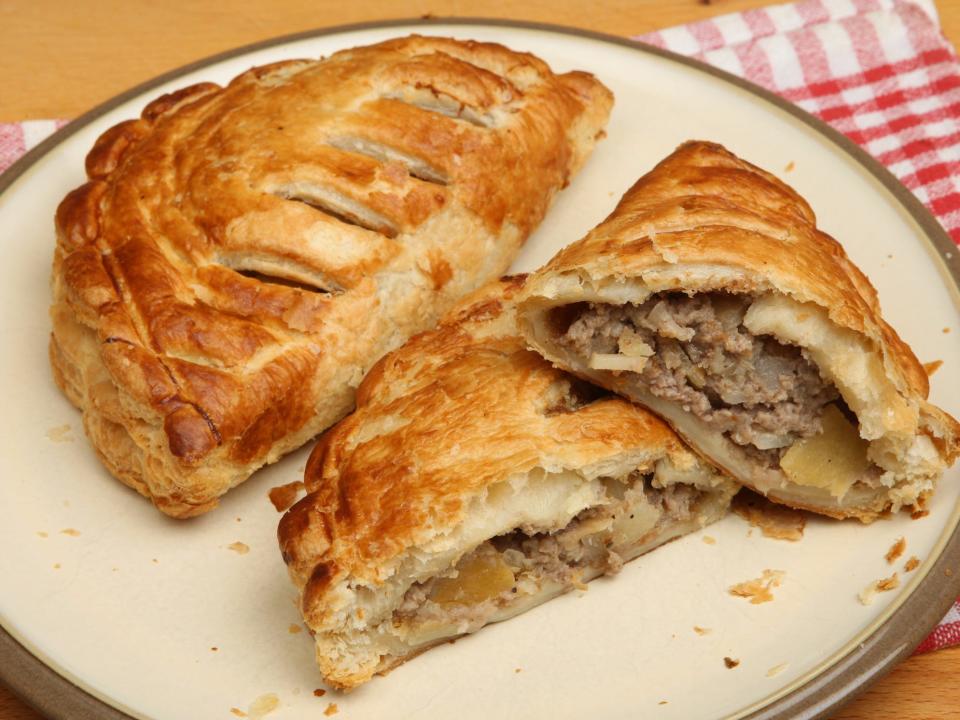
As its name suggests, Cornish pasties are associated with Cornwall, in the West Country. They usually come in a "D" shape.
The pasty, a real heart warmer, is filled with meat, potatoes, and onions. Pasties from Greggs, a bakery chain in the UK, are a favorite among locals.
Meat pies, in particular classics such as chicken and mushroom or steak and kidney, are found in traditional British pubs.
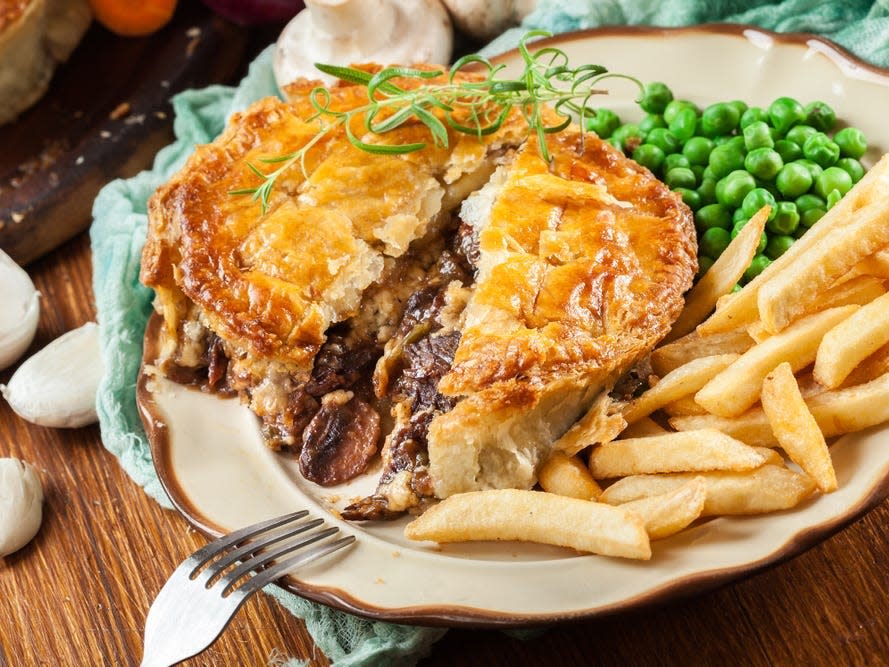
They are best served with thick gravy and chunky chips and washed down with a pint of ale.
Nando's is a popular chicken chain in the UK.

Every self-respecting Brit has been for a "cheeky Nando's," which refers to the casual, Portuguese-inspired restaurant chain that is famous for its Peri-Peri chicken.
Nando's also makes its own line of sauces, which are sold in some supermarkets in the UK and the US.
Yorkshire puddings are a staple with British roast dinners.
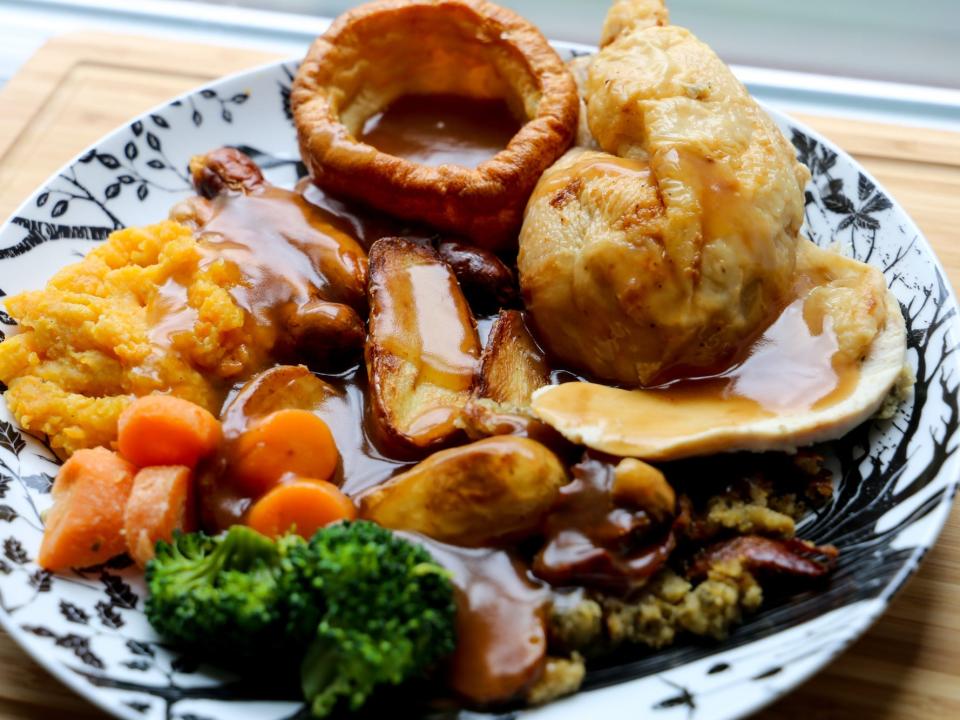
Yorkshire puddings are a vital batter-based accompaniment to your Sunday roast, served either as small individual puddings or as one giant Yorkshire treat.
It is most often paired with a beef roast and lashings of gravy but is increasingly served with every meat choice at pubs on a Sunday.
Bacon is arguably the main component of a full English fry-up, and it's slightly different in the UK.
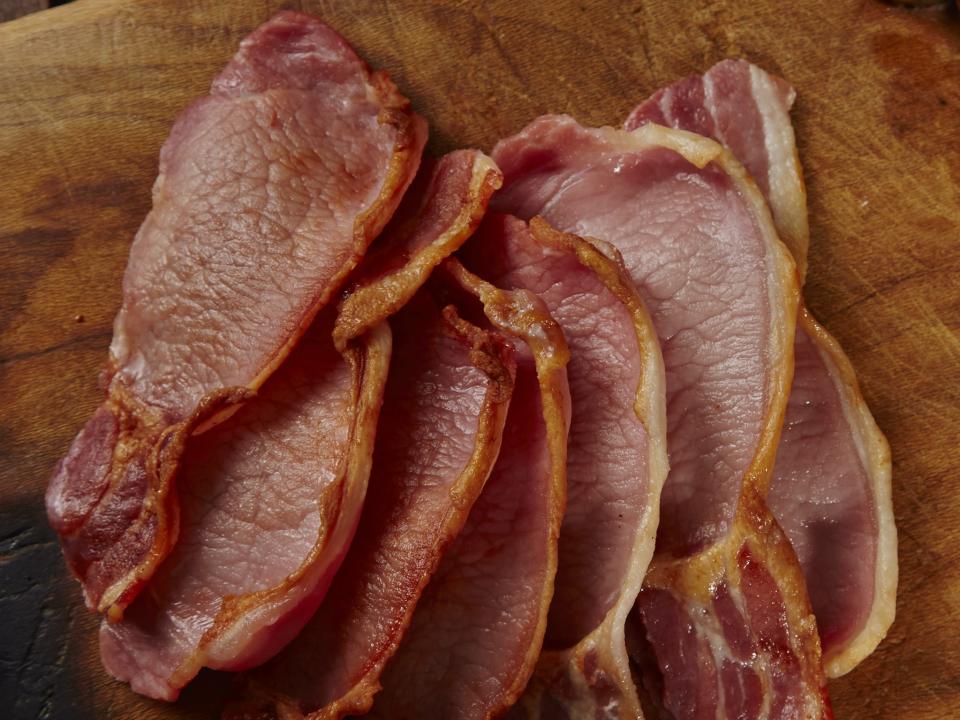
UK supermarkets sell multiple forms of bacon: smoked, unsmoked, streaky, back rashers, thick-cut, or thin.
In the US, you can usually only find the thick-cut or Canadian kind in most grocery stores.
Heinz baked beans are another staple of the classic full English breakfast.
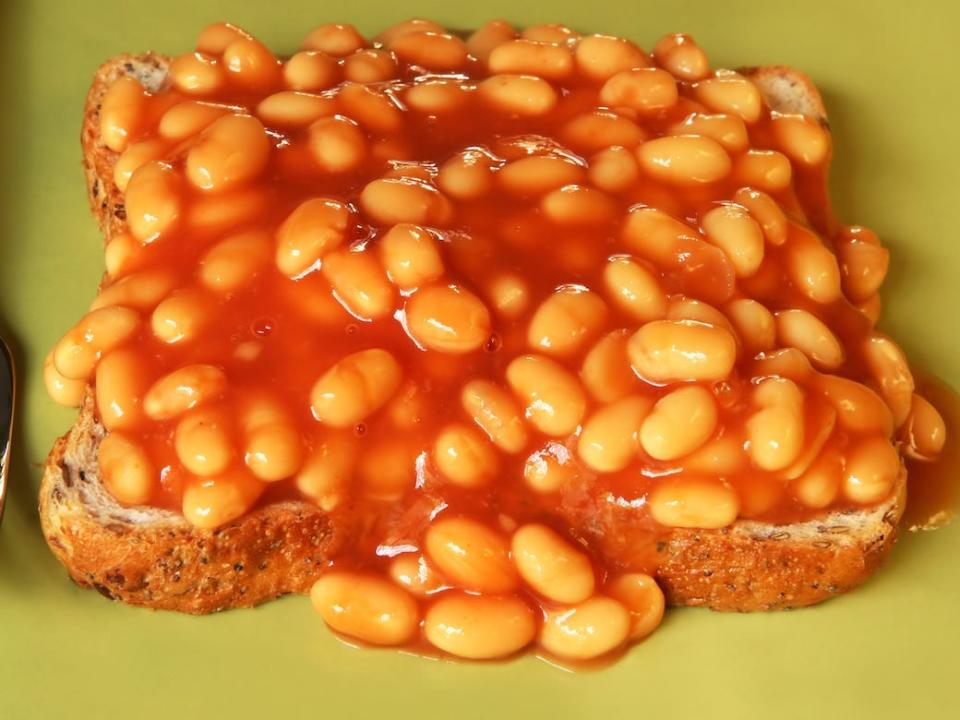
Beans for breakfast might seem odd at first, but it's a favorite dish for many Brits. They can be served on their own or atop toast.
HP brown sauce is a key breakfast condiment.
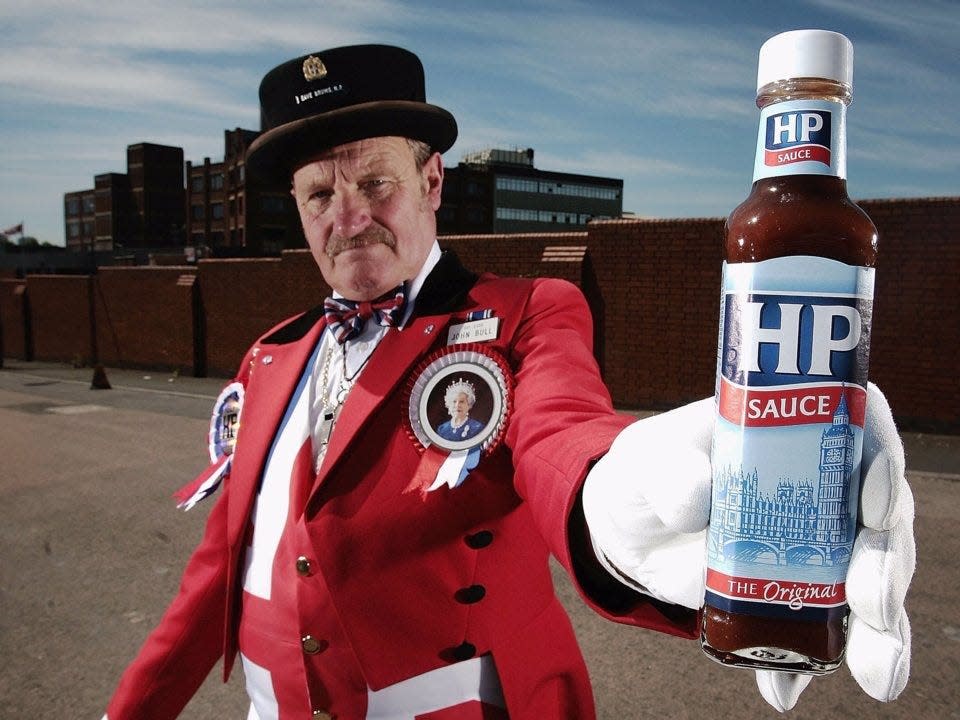
The tangy brown sauce is best served in a bacon or sausage bap, and there is no true American equivalent to this delicious condiment.
English breakfast tea is the most common kind in Britain, but Earl Grey is another favorite.
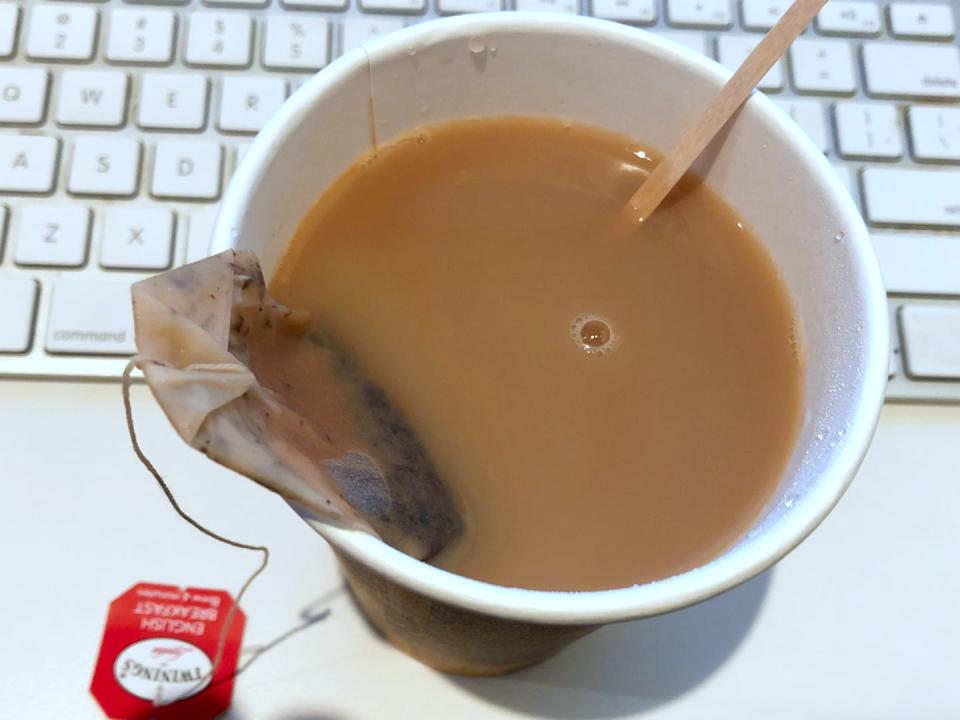
It's well known that Britain is full of avid tea drinkers. However, many claim that while herbal teas are popular in America, it's not as easy to find "normal" breakfast teabags in the states.
Another beloved breakfast item is the crumpet: a thick, flat, and savory cake-like muffin, with a porous texture.
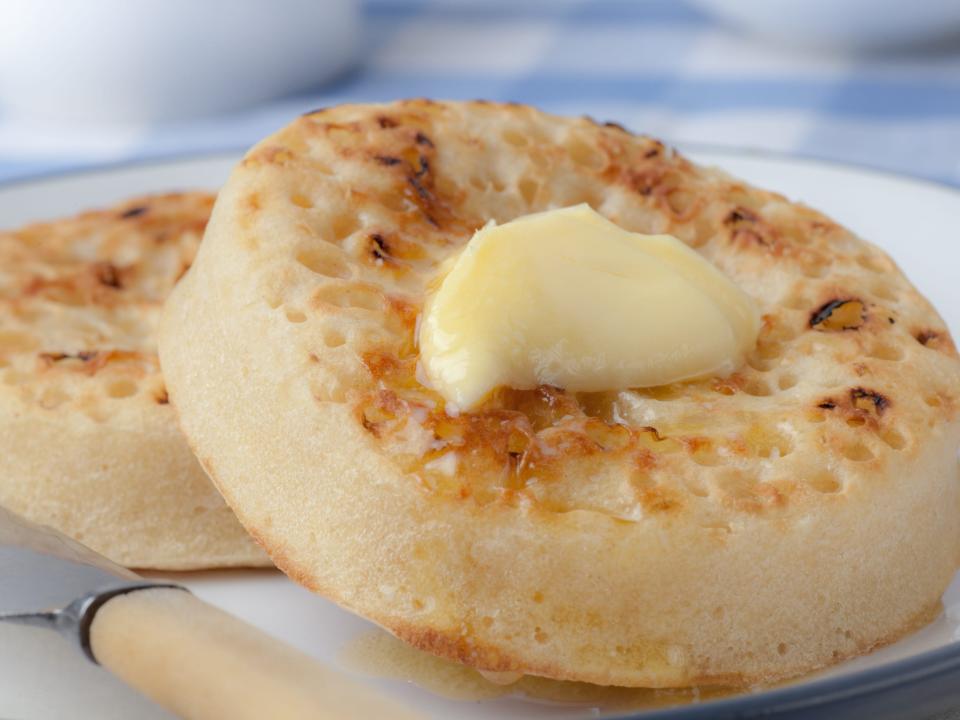
They are best served slathered in butter or even Marmite – if you're daring enough to try it.
British butter is praised for its higher fat content and richer taste.
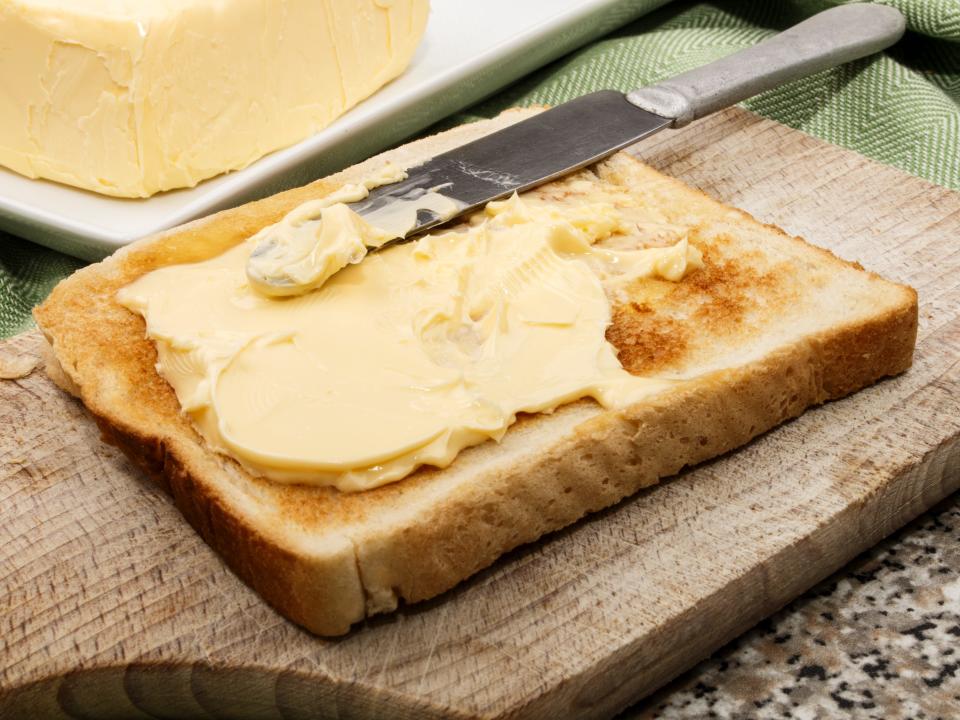
British butter, and European butter in general, has a higher fat content than American butter. It's also churned longer, has a softer more spreadable texture, and tastes richer and tangier than American varieties, according to Martha Stewart Living.
Clotted cream is an essential component of the quintessentially English tea.
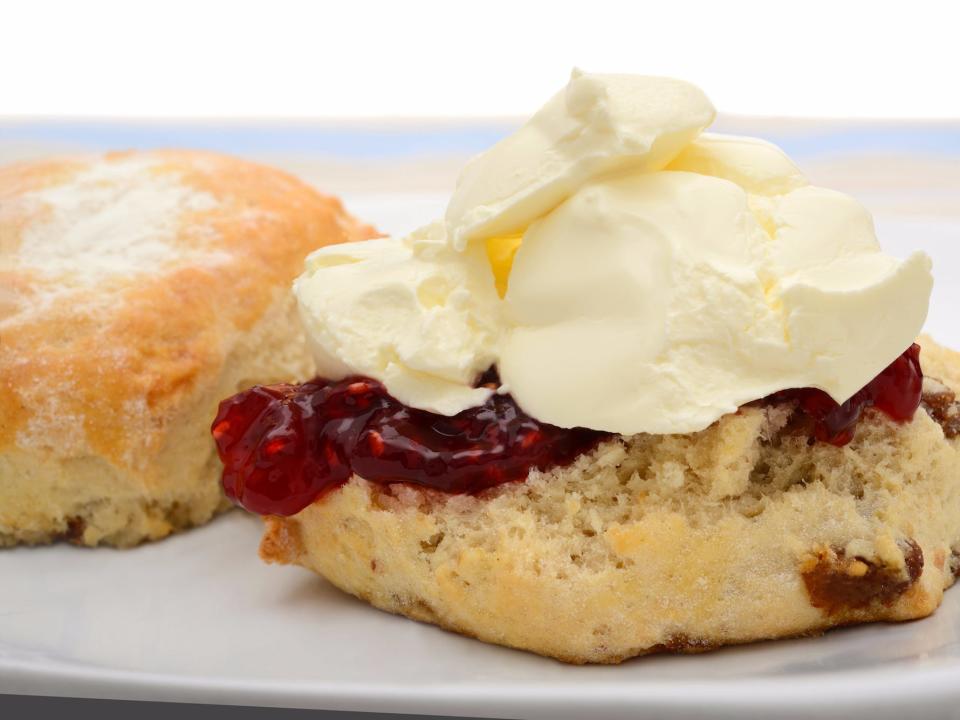
"Devonshire tea" or "cream tea," an afternoon tea consisting of scones, raspberry jam, and thick cream, originates from Devon. Clotted cream is usually served on top of scones for a delicious sweet treat, but whether you spread the cream or jam first is a matter of great debate.
Read the original article on Insider

